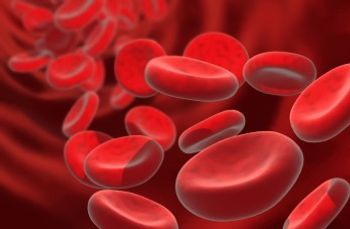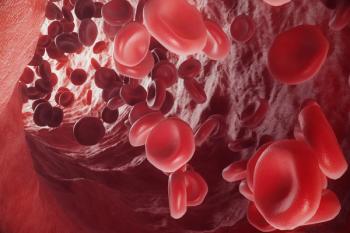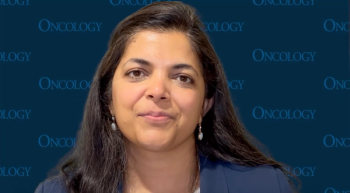
Detecting High-Risk Prostate Cancer Factors Can Inform Referral Strategies
An expert from Dana-Farber Cancer Institute indicates that urologists should refer patients with prostate cancer who present with multiple high-risk factors at surgery to a radiation and medical oncologist.
Before a patient’s prostate-specific antigen (PSA) level can rise, urologists should refer them for additional treatment if they present with a high-risk factor at radical prostatectomy, according to Anthony V. D’Amico, MD, PhD.
D’Amico, a professor and chair of genitourinary radiation oncology at Brigham and Women’s Hospital and Dana-Farber Cancer Institute, spoke with CancerNetwork® at the
According to D’Amico, urologists should refer patients to a radiation and medical oncologist if they have at most 1 high-risk factor at surgery before their PSA level reaches 0.25 ng/mL. Data suggest that initiating salvage radiotherapy above the 0.25 ng/mL PSA threshold correlated with an increased risk of mortality.
Transcript:
My colleagues in urology, they [should] refer patients to a radiation and medical oncologist if they have a high-risk factor at radical prostatectomy before the PSA gets to 0.25. If [patients] have multiple high-risk factors, [urologists should] refer them after surgery, even if the PSA is undetectable.
I believe the radiation oncology community knows that allowing patients to regain maximal urinary continence, particularly by doing physical therapy with a pelvic muscle floor physical therapist, including Kegel exercises, is very important. We don't like to start radiation until that happens; that typically can be several months, in most cases.
But nonetheless, getting the referrals established so the communication and conversation can occur and people know if you have multiple high-risk factors, adjuvant [therapy] appears better than early salvage, and if you have one [high-risk factor], you've got until the PSA gets to 0.25 before the potential for increased risk of recurrence, metastasis, and death can happen.
Reference
Tilki D, Chen M, Wu J, et al. Prostate-specific antigen level at the time of salvage therapy after radical prostatectomy for prostate cancer and the risk of death. J Clin Oncol. Published online March 1, 2023. doi:10.1200/JCO.22.02489
Newsletter
Stay up to date on recent advances in the multidisciplinary approach to cancer.


















































































